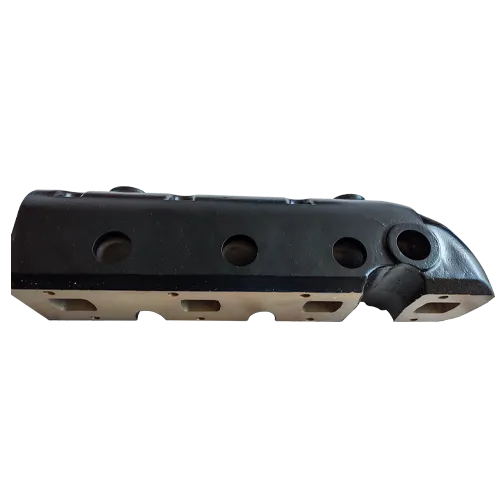Mobile:+86-311-808-126-83
Email:info@ydcastings.com
multi stage impeller
Understanding Multi-Stage Impellers A Comprehensive Overview
Multi-stage impellers are critical components in various engineering applications, particularly in pumps and turbines. These devices are designed to enhance fluid movement and increase pressure efficiently through multiple stages of operation. This article delves into the working principles, applications, advantages, and design considerations of multi-stage impellers.
At its core, a multi-stage impeller consists of a series of impeller units arranged in sequence within a single housing. Each impeller unit contributes to increasing the fluid’s kinetic energy and pressure. As fluid flows through the impellers, it gains energy; after leaving one impeller, it enters the next, resulting in compounded pressure increases. This design is particularly beneficial for applications requiring high-pressure outputs or significant elevation changes in fluid transport.
Understanding Multi-Stage Impellers A Comprehensive Overview
Another significant area of application is in gas turbines, where multi-stage impellers facilitate the compression of gases. In this context, the impellers are often designed to achieve specific pressure ratios, crucial for efficient turbine operation. Compressors utilizing multi-stage impellers play a vital role in refrigeration and air conditioning systems, ensuring adequate pressure for the circulation of refrigerants.
multi stage impeller

The advantages of multi-stage impellers are manifold. Firstly, they provide the ability to achieve higher discharge pressures than single-stage impellers. This makes them ideal for applications where fluid must be lifted to great heights or transported over long distances. Moreover, multi-stage designs can offer better overall efficiency, as the energy is distributed over multiple stages, reducing the risk of cavitation—a common problem that can lead to damage and inefficiencies in pump operations.
However, the design of multi-stage impellers is not trivial. Engineers must account for various factors, including the fluid characteristics, flow rates, and required pressure outcomes. The materials used for constructing these impellers are also critical; they must withstand significant operational stresses and potential corrosive effects of the fluids being transported. Computational Fluid Dynamics (CFD) is often employed in the design process, enabling engineers to simulate flow characteristics and optimize the impeller performance before production.
Maintenance and monitoring are additional considerations in the operation of multi-stage impellers. Due to the complexity of their design and operation, regular checks are necessary to ensure that they are functioning correctly, and wear and tear are addressed promptly to avoid costly repairs or downtime.
In conclusion, multi-stage impellers are essential components in various fluid dynamics applications. Their ability to significantly increase pressure and enhance fluid movement efficiency makes them indispensable in industries ranging from agriculture to energy production. As technology progresses, ongoing innovations in design and materials will continue to improve the performance and reliability of multi-stage impellers, cementing their place in advanced fluid transport solutions. Understanding their operation, advantages, and design considerations is crucial for engineers and technicians involved in fields that rely on high-efficiency fluid movement systems.
-
Understanding Metal Casting TechniquesNewsApr.02,2025
-
Understanding Exhaust Manifolds for Enhanced Engine PerformanceNewsApr.02,2025
-
The World of Metal FabricationNewsApr.02,2025
-
Key Components for Pump and Turbo EfficiencyNewsApr.02,2025
-
Essential Tools for Automotive Maintenance and RepairNewsApr.02,2025
-
Durable Valve Components for Effective Water ManagementNewsApr.02,2025











